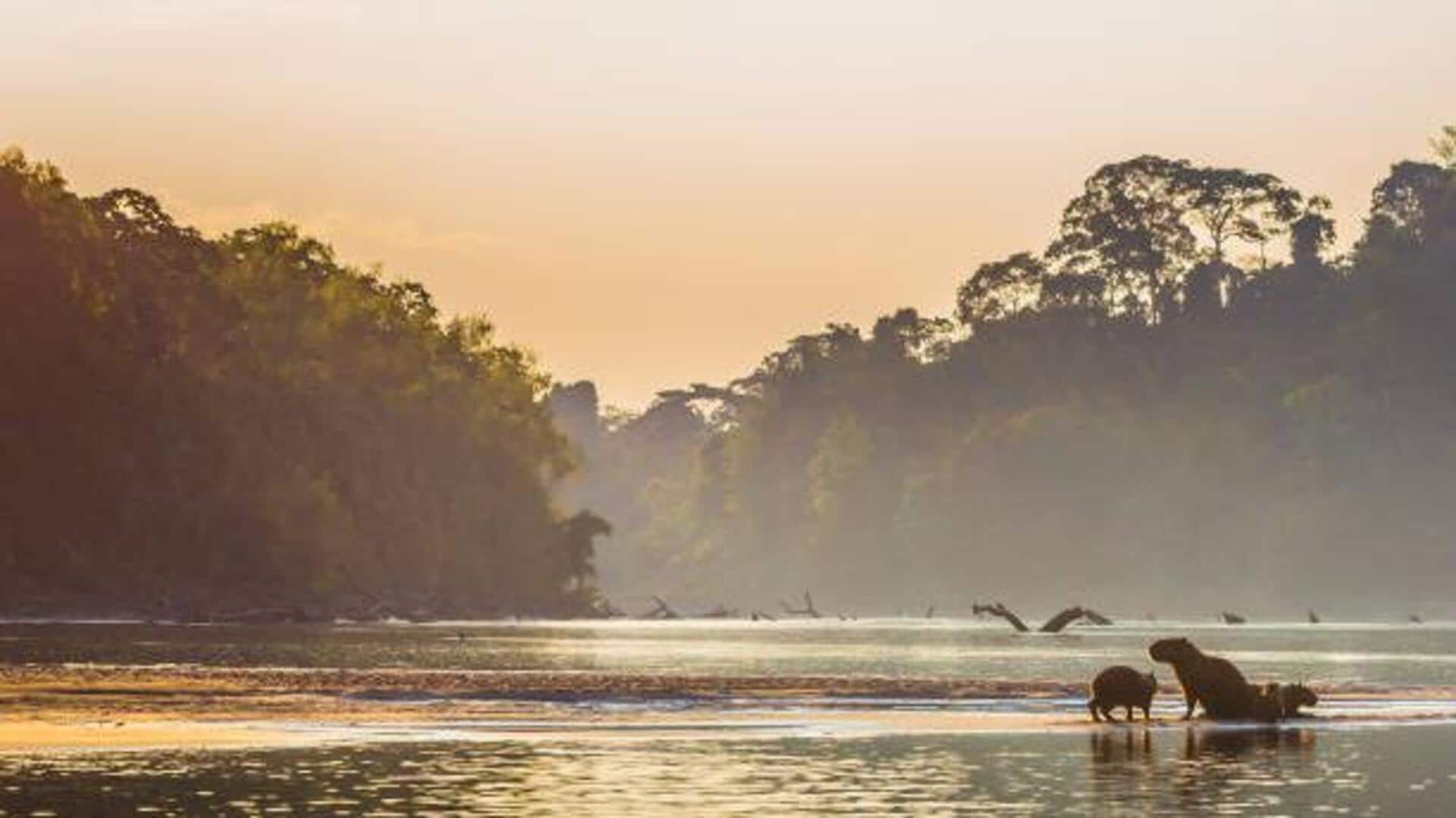
Must-visit ecological sanctuaries in Peru
What's the story
A country rich in biodiversity, Peru is home to several emerging ecological sanctuaries. Gaining due attention for their unique ecosystems and conservation efforts, these sanctuaries offer a peek into the region's diverse flora and fauna. Giving way to opportunities of research and eco-tourism, these sanctuaries play a key role as awareness about environmental conservation grows. They help preserve Peru's natural heritage. Here are some must-visit ecological sanctuaries in Peru that you should explore.
Manu Park
Manu National Park: A biodiversity hotspot
Manu National Park is famous for its astonishing biodiversity. Spanning over 1.5 million hectares, it hosts over 1,000 bird species and other mammals such as jaguars and giant otters. Its diverse ecosystems, from lowland rainforests to the Andean highlands, make it an ideal spot for scientific research and wildlife viewing.
Tambopata Reserve
Tambopata National Reserve: A haven for wildlife
Tambopata National Reserve gives the visitors a chance to experience pristine rainforest environments. Covering an area of about 274,690 hectares, the reserve is home to macaws, monkeys, caimans, and other wildlife. The reserve's clay licks also draw huge flocks of parrots every day, making for an unforgettable spectacle for the nature lovers.
Pacaya-Samiria Reserve
Pacaya-Samiria National Reserve: Amazonian wonder
Pacaya-Samiria National Reserve is one of the largest protected areas of Peru, spanning more than 2 million hectares of Amazonian rainforest. It is a critical habitat for endangered species including pink river dolphins and manatees. You can navigate its waterways by boat or canoe, while marveling at the rich aquatic life that flourishes here.
Paracas Reserve
Paracas National Reserve: Coastal ecosystem exploration
The Paracas National Reserve protects coastal and marine ecosystems along with desert landscapes, covering approximately 335,000 hectares on Peru's southern coastlines near Pisco city center. This sanctuary shelters a variety of seabirds, including flamingos, and sea lions that reside in surrounding islands. Its unique blend makes it a perfect place for land-based exploration as well as water activities alike.